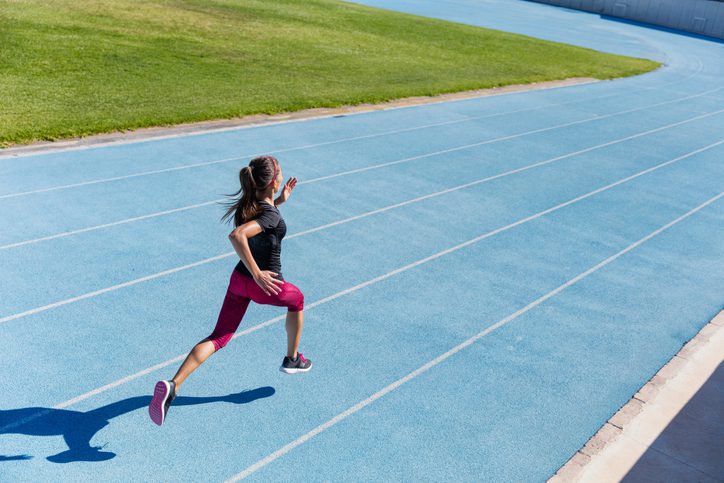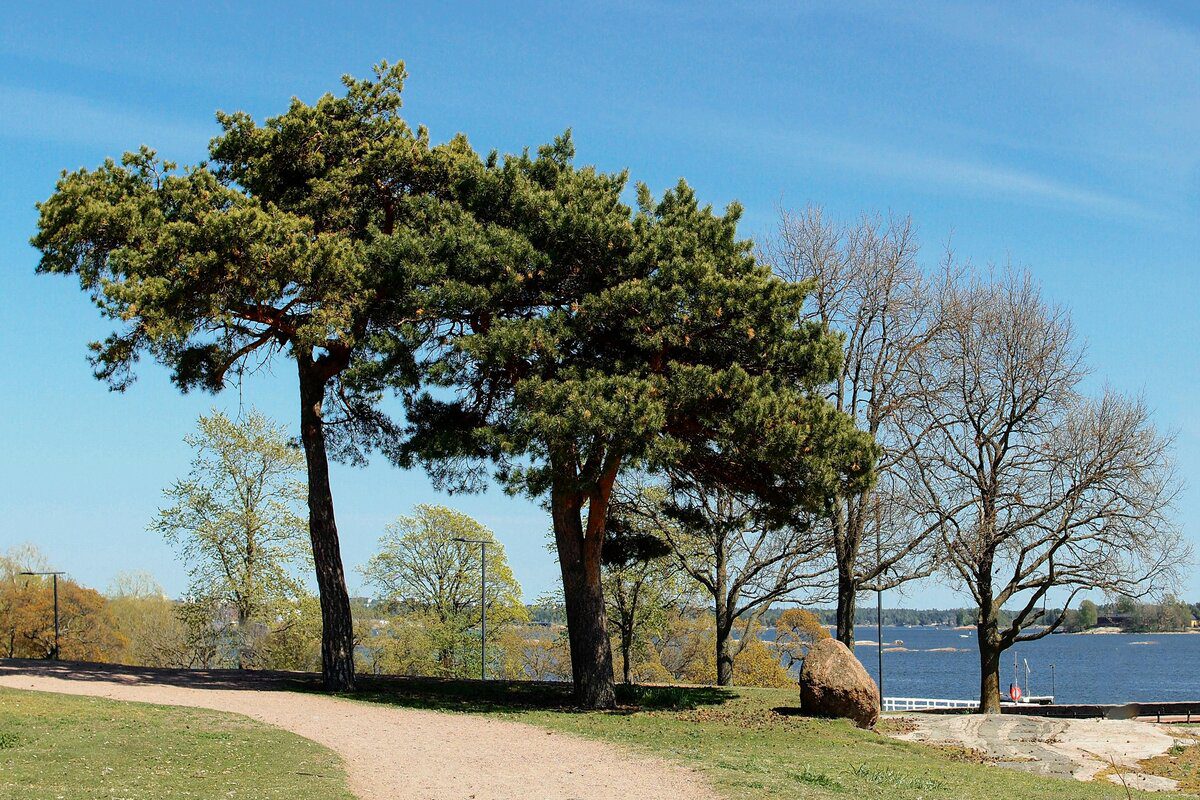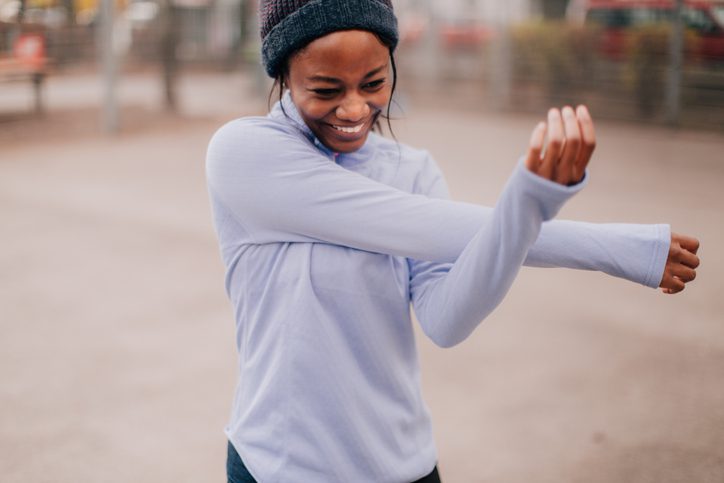Have you ever experienced that jolt of surprise while running, suddenly catching the sounds of traffic or the footsteps of another person in the darkness? For Canadian runners, this is a frequent consequence of urban landscapes that fail to accommodate their presence. But according to a new study published in Science Direct, one international city has set a shining example: Helsinki, the capital of Finland. With its extensive array of outdoor sports facilities, the city has boosted the life satisfaction of runners and could be a blueprint for other cities to follow.
The study
Northern European cities have long been known for their devotion to physical activity and quality of living, which is reflected in their urban planning. Today, Helsinki boasts a comprehensive network of 2,100 outdoor public sports facilities. These include heated swimming pools, fields, recreational parks, jogging tracks, and skiing tracks. These facilities span nearly every neighbourhood, ensuring easy access for all residents.

According to a recent study of Helsinki’s urban design, these services improve life satisfaction among Finns. To assess the impact of these facilities on physical activity levels and life satisfaction, researchers looked at GPS routes used among runners between 2018 and 2021, according to Strava, a popular GPS tracking app for athletes. The data revealed that by considering urban density, greenery, and the abundance of water, Helsinki has become a runner’s paradise.
What is “runnability”?
This study emphasizes the concept of “runnability” as a crucial measure of how urban environments can promote running and active lifestyles. Past research has highlighted the connection between the built environment and runners’ satisfaction.
Helsinki’s urban planning, guided by the principles of runnability, focuses on three main factors: “eye-level greenness” (greenery at eye level), “top-down greenness” (overall greenery visible from above), and “blue space density” (amount of water present). These factors were found to increase the likelihood of people going for runs and intensify their experience. Helsinki’s city design reflects this, with densely populated areas featuring more parks and paths tailored for runners.

Greenery as a game changer
The study looked at how many people live in an area by using something called the Floor Area Ratio (FAR), a tool also used by Canadian urban planners to measure the density and diversity of things like housing, office, commercial, and industrial areas. Within these areas, Helsinki’s urban design strategically includes slopes in terrain, as a way to increase the challenge of urban running routes and mimic more natural environments.
Green spaces were also found to have a calming effect and motivated runners to keep going. Of the 13,322 street segments in Helsinki that the study assesses, those with the most green space were found to be used the most often by runners. The study suggests future urban planners should pay more attention to the number of street trees and vertical greening (where plants can be grown on, up, or against a building), as Helsinki exhibits, which have been demonstrated to promote well-being.
Water is good for the soul
Another thing that makes Helsinki a fantastic place for runners is its geography, particularly its abundance of lakes (about one-tenth of its area is covered by water). The study explores how such lakes might affect the city’s runners. It was discovered that near Helsinki’s lakes, where there’s usually less traffic, runners tend to move faster and more freely.
Environment has long been linked to beneficial impacts on both runners’ mental and physical health. It should come as no surprise then that just last month, for the seventh year in a row, Finland was ranked the happiest country in the world, according to the 2024 World Happiness Report.

This study proves just how important it is for urban planners to embed physical activity in the design of our communities. When urban planners prioritize the needs of runners, they enhance not only residents’ quality of life and physical well-being but also contribute positively to the economy, sustainability and environment of a city.
Check out this year’s Helsinki City Running Day, Finland’s most popular road race, which takes place on May 11.

